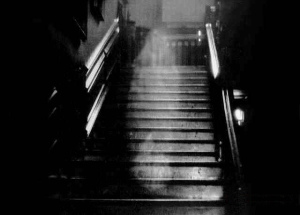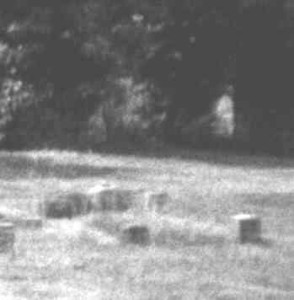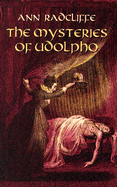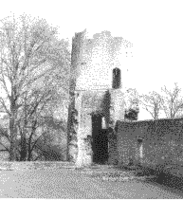If you do a Google search on “ghost sites london”, guess how many hits you can get? About 31.4 MILLION!! Needless to say, I am not going to claim that I went through all of those in putting together this post. But I am aware that London is considered one of the most haunted places on the planet, and as it is such a central location in our Regency world, I thought a quick visit on the blog might be appropriate for the day after Halloween in the U.S., or “All Saints” in the Christian Church.

PUBS: Old pubs are everywhere in the British Isles, but not all are haunted. Probably the best-known London-area “haunted pub” that pre-dates the Regency is Hampstead’s The Spaniards Inn (built c. 1585), where highwayman Dick Turpin (1705-1739) is said to hang out –pun intended –(and his horse, too). His father at one time owned it, and Dick may have been born there. One of the area’s oldest pubs, the place is so iconic it was immortalized in literature by Dickens and in Bram Stoker’s Dracula. Two other ghosts are said to haunt here, one a former landlord murdered by his brother, and the other one of those seemingly ubiquitous “Ladies in White.” But I have a question: Dick Turpin is also supposed to haunt Loughton Camp in Epping Forest. Can a ghost be two places at once?
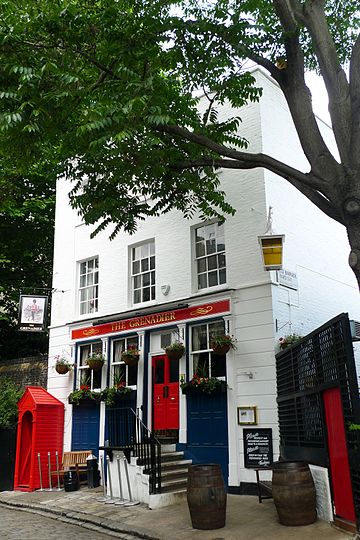
The “soldier ghost” and the story of The Grenadier Pub, tucked away down a mews in Belgravia/Knightsbridge supposedly date from Regency times. In 1720 the place was an officers’ mess for the 1st Regiment of Foot Guards in the courtyard of their barracks, but it opened as a pub named The Guardsman in 1818. Later it was renamed more specifically to honor the Grenadier Guards’ actions in the Battle of Waterloo. The ghost is assumed to be “Cedric,” a young subaltern caught cheating at cards and beaten to death for it. Modern visitors to the pub put currency on the ceiling to help pay off his debt.
Highgate’s haunted pub, The Flask, claims to have two ghosts, one a Spanish barmaid who hung herself in the cellar when the publican broke her heart, and the other an unidentified Cavalier who apparently won’t give up hanging out at the bar. But this pub is also supposed to be the site of one of the first-ever autopsies, performed illegally in the back room on a body stolen from the nearby cemetery.
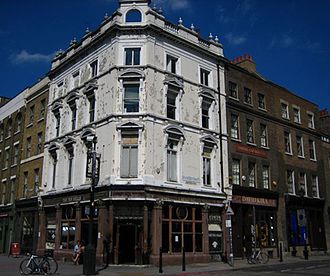
The Ten Bells Pub in Spitalfields is said to be haunted, either by two victims of Jack the Ripper who were last seen there before they were killed in 1888, or perhaps also by the Ripper himself who may have imbibed there while scouting for victims. Since his identity to this day is still unconfirmed, who can say? But the pub dates to at least 1755, when it was known as the “Eight Bells” –named for the peal of Christ Church which was next door. The name was changed between 1788-1794 when the church got a new set with –you guessed it –ten bells. The pub relocated in 1851 to its present nearby location due to the construction of Commercial Street and is still noted for its Victorian flair.
The Old Queen’s Head in Islington is yet another haunted pub, one Time Out: London calls “flamboyantly historical”. This one claims an unidentified woman ghost and also a very active little girl ghost who weeps, runs around in the pub and on the stairs, and slams doors. Sounds very naughty to me! But no one seems to know who they are or why they would be haunting the pub. Too crowded at the other haunted pubs?
THEATRE ROYAL DRURY LANE. Now here’s a bright spot that harks back to Regency days –well, actually, much farther back, to 1663 when the first theatre was built here. There are supposed to be several ghosts, and seeing one is supposed to be good luck for actors working here. The most famous is “The Man in Grey”, supposed to be an “18th century murder victim” by his distinctly Georgian clothing, including powdered wig, tricorn hat, cape and sword. Is he the victim whose skeleton was found inside a bricked-up passage in 1848? I do wonder how he could be when the theater was demolished in 1791, rebuilt in 1794, burned down in 1809 and rebuilt again to open in 1812. Numerous refurbishings followed. Maybe the 1848 discovery was someone else –a Regency victim? If so I’d say he had reason to haunt the place.
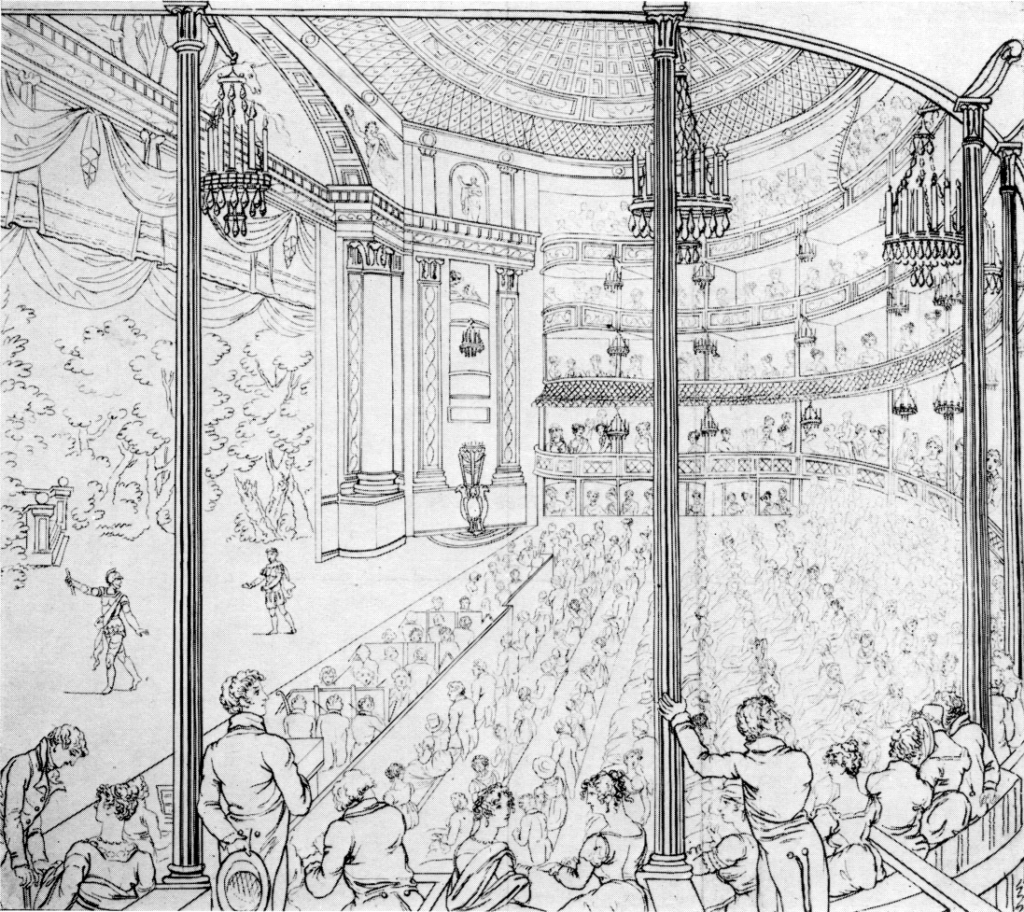
Joseph Grimaldi, the so-called King of Clowns (1778-1837), is said to haunt here, although why he should I’ve only a slight idea. Much of his long career was spent at Sadler Wells and other Regency theaters. He had struggles & tragedies in his life, including the suicide of his son J.S. Grimaldi, also an actor during the Regency. But some say ghosts haunt places of either greatest happiness or sorrow. Grimaldi’s star-power was burning brightly when he performed here. Another ghost some sources mention is actor Charles Maklin, who killed a fellow actor here in an argument over a wig in 1735. Talk about artistic temperament! But wouldn’t you think the man he killed there (Thomas Hallam) would be more likely to haunt the place? I wonder if he could be the Man in Grey!!
HAUNTED HOMES: Sutton House & Breaker’s Yard. This Tudor brick house (1535) belonging to the National Trust (in Hackney, far enough east of the city to have survived), is said to be haunted by “The White Lady” (how many of those there are!!) –a woman who died there in 1574 giving birth to twins. But this site has been called “the most haunted in London” (maybe because it’s so old?) and howling hounds and another woman dressed in blue are also said to have made themselves known here.

Hampton Court Palace boasts a “haunted gallery” where Catherine Howard (beheaded by Henry VIII) is reputed to reenact her departure, screaming, but since she died at the Tower of London…do you think she just got tired of being where so many other ghosts were crowding in? One story says Catherine was dragged from that gallery to go to her death at the prison. Maybe she opted for the Palace rather than share space with Anne Boleyn, another of Henry’s ex-wives reputed to be a Tower ghost. However, another of Henry’s ill-fated wives is also a ghost at Hampton Court: Jane Seymour, who is said to haunt the Clock Court and the stairs to the Silver Stick Gallery. There’s also a “Lady in Grey” who has worked her spinning wheel in one of the upper palace rooms ever since the palace church was torn down.
THE TOWER OF LONDON. With six centuries of tragic and deadly history behind it, little wonder that the Tower is reputed to have numerous ghosts. Among the long list are: Anne Boleyn (as mentioned), and also Guy Fawkes, Lady Jane Grey, the two little princes, and Henry VI. The Tower has its own “Lady in White.” Another ghost is said to be Thomas à Becket, but really, I’m pretty sure there are too many possible candidates here to count.
CEMETERIES: Ghosts might be expected in a cemetery anyway, but Highgate is a huge cemetery in north London, constructed at the beginning of the Victorian era and highly fashionable in its time. The vast expense of upkeep on such a large tract led to it being abandoned in the 1960’s and then of course it became creepily overgrown and in disrepair, used for movie settings and known for hauntings. Were angry ghosts protesting? And who invited the rumored vampires? Among the notables interred here are Karl Marx and George Eliot. Since 1981 a Friends Trust has taken on the responsibility for the upkeep, and some burials still take place here. Pop musician George Michael and author Douglas Adams are buried here, for instance, but apparently aren’t haunting the place.
Brompton Cemetery and Kensal Green are other Victorian-era London cemeteries where haunts are supposed to occur. Also creepy is the West Norwood Catacombs, a Victorian underground repository full of the shelved coffins of people who did not want to be interred in swampy cemeteries with victims of the cholera epidemic. No specific reports of ghosts there, though, so apparently they were satisfied with their final resting place!
Do you believe in ghosts? Ever had a spooky experience, in London or anywhere else? London has innumerable “ghost tours” that I’m sure take in far more sites than the handful I’ve touched upon in this post. Would you go on one of those? Happy Halloween (slightly belated)!

